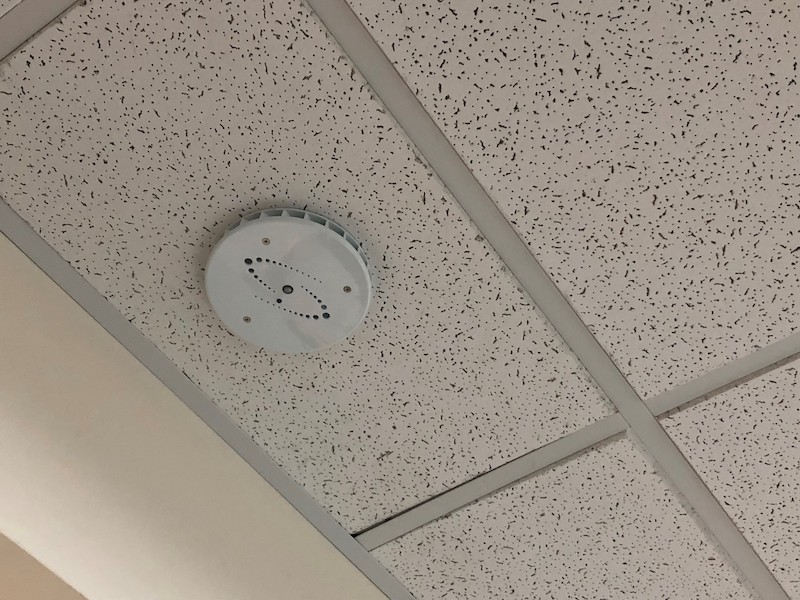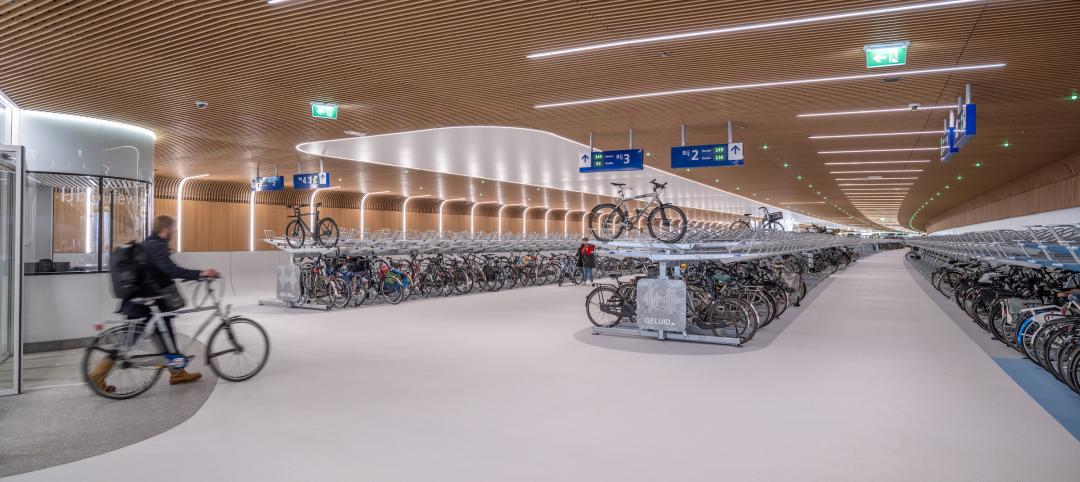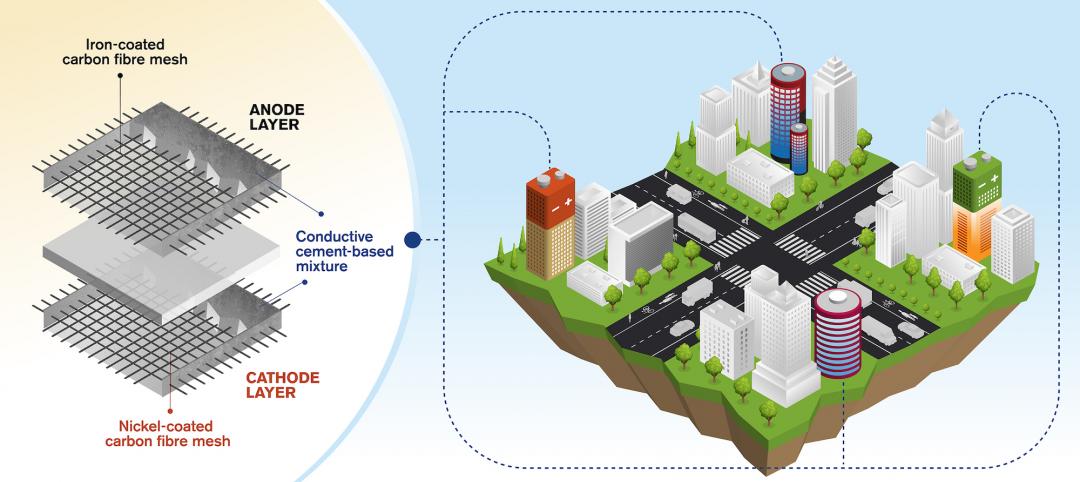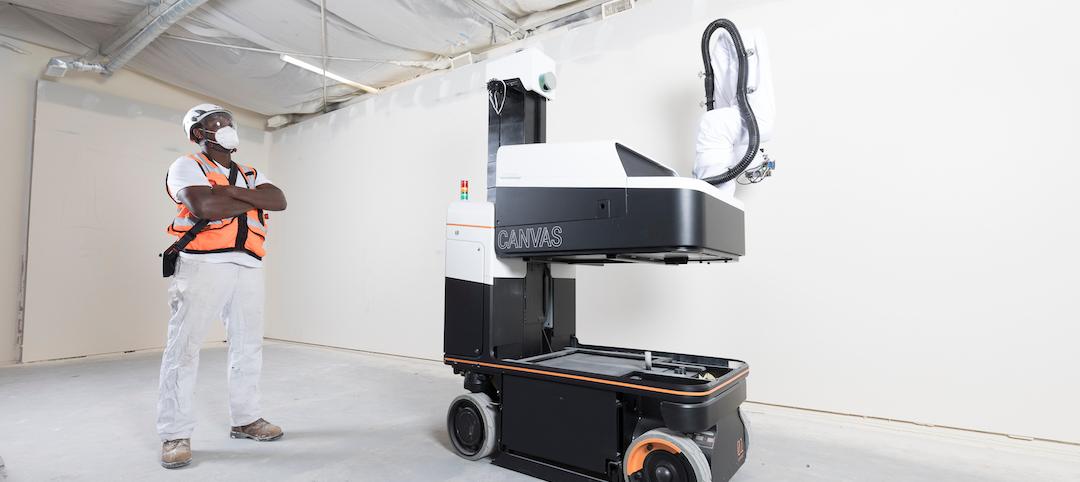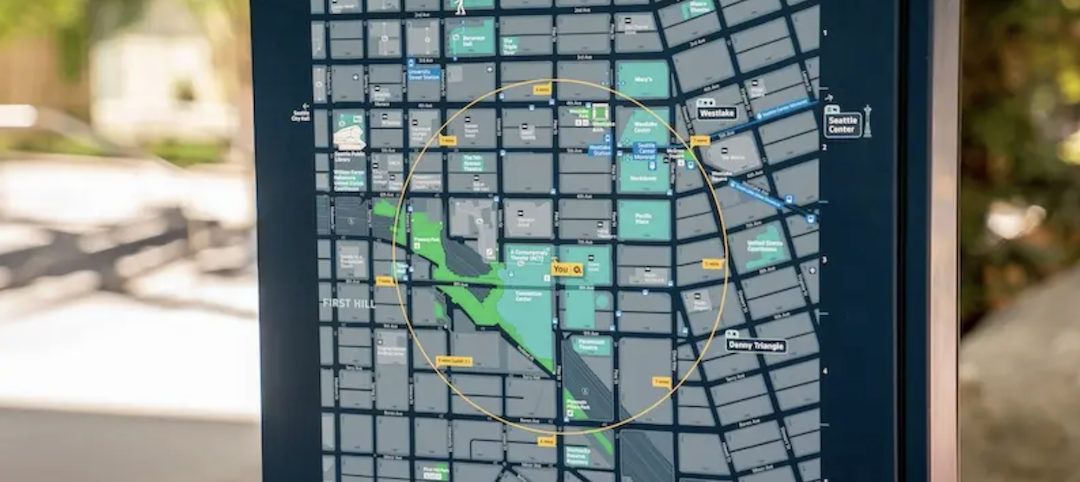Privacy concerns have become an everyday part of life for most people, especially in big cities and heavily populated areas. It seems like the moment someone ventures out of their home or workplace, they become the star of their very own “Truman Show,” thanks to the abundance of security cameras and sensors monitoring every move they make.
While some argue these cameras are an invasion of privacy, they have also proven to be invaluable in catching crimes where the culprit would otherwise get off scot-free.
But even in today’s world, there are still some places where cameras are not welcome: bathrooms, locker rooms, hotel rooms, patient rooms, senior housing units, and residential units. In the delicate balance between safety and privacy, spaces like these have always leaned more toward remaining private at the risk of extra security. But a new smart sensor from IPVideo Corporation looks to maintain privacy while also increasing the safety of these personal spaces.
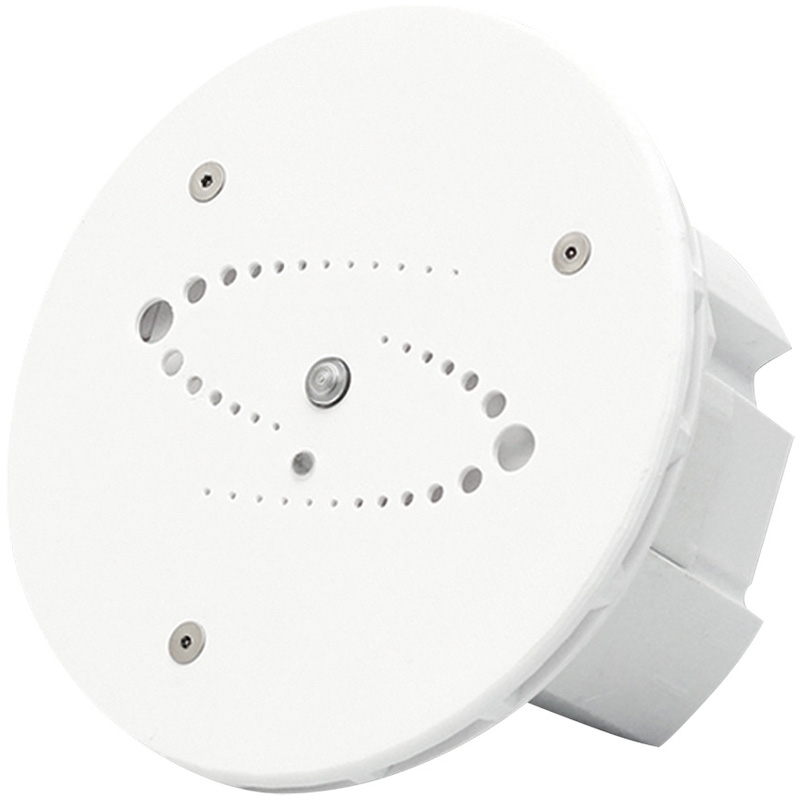
The HALO IOT Smart Sensor has multiple sensors to monitor audio analytics, air quality, chemicals, light, and environmental factors without the use of a camera.
The audio analytics include gunshot detection, glass breakage, shouting, excessive banging, and bullying. Air quality sensors can detect vape, THC, smoke, formaldehyde, benzene, and VOCs. The HALO’s chemical sensors can detect ammonia, oxidizers, methane, propane, natural gas, carbon monoxide, carbon dioxide, and glues, while the light and environmental sensors track things like occupancy, temperature, humidity, and pressure.
See Also: Raising the roof is cool again
“When we designed HALO it was intended for limited applications doing vape detection and audio analytics for school construction projects,” says Jack Plunkett, Chief Technology Officer, IPVideo. “It has now evolved into an unlimited number of construction use cases.”
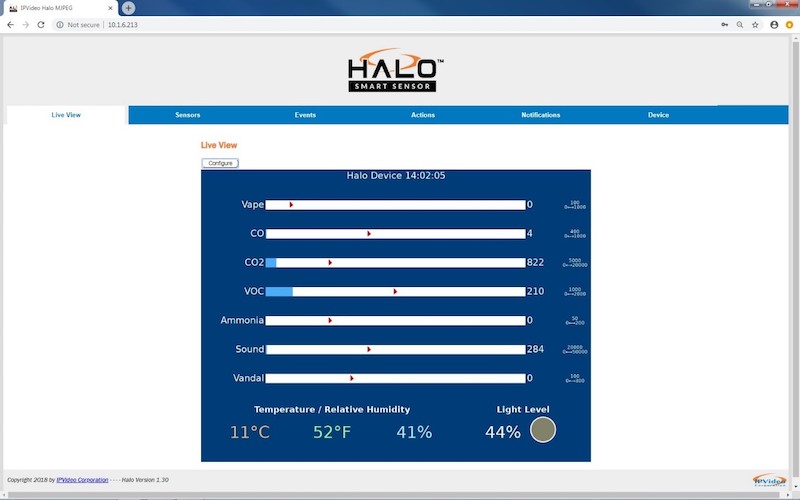
HALO has 11 built-in sensors that utilize advanced analytics to adjust and maximize the settings for the specific room. For example, a HALO sensor in a locker room can be adjusted for that space to get fewer false alarms from body sprays and disinfectant sprays. It connects directly to a security monitor and VMS and, because it is a security product and not a Web app, there are no annual cloud fees. When a sensor detects something out of the ordinary, an alert is sent via email or text message and digital alerts are sent via video management.
The sensor has an operating temperature between 32 F and 122 F and zero to 90% relative humidity. It is 3.1x5.8 inches. Mounting options: ceiling flush or surface mount.
Related Stories
Cladding and Facade Systems | Apr 5, 2023
Façade innovation: University of Stuttgart tests a ‘saturated building skin’ for lessening heat islands
HydroSKIN is a façade made with textiles that stores rainwater and uses it later to cool hot building exteriors. The façade innovation consists of an external, multilayered 3D textile that acts as a water collector and evaporator.
Transportation & Parking Facilities | Mar 23, 2023
Amsterdam debuts underwater bicycle parking facility that can accommodate over 4,000 bikes
In February, Amsterdam saw the opening of a new underwater bicycle parking facility. Located in the heart of the city—next to Amsterdam Central Station and under the river IJ (Amsterdam’s waterfront)—the facility, dubbed IJboulevard, has parking spots for over 4,000 bicycles, freeing up space on the street.
Concrete | Jan 24, 2023
Researchers investigate ancient Roman concrete to make durable, lower carbon mortar
Researchers have turned to an ancient Roman concrete recipe to develop more durable concrete that lasts for centuries and can potentially reduce the carbon impact of the built environment.
Sponsored | Resiliency | Dec 14, 2022
Flood protection: What building owners need to know to protect their properties
This course from Walter P Moore examines numerous flood protection approaches and building owner needs before delving into the flood protection process. Determining the flood resilience of a property can provide a good understanding of risk associated costs.
Giants 400 | Nov 14, 2022
4 emerging trends from BD+C's 2022 Giants 400 Report
Regenerative design, cognitive health, and jobsite robotics highlight the top trends from the 519 design and construction firms that participated in BD+C's 2022 Giants 400 Report.
AEC Tech | Apr 13, 2022
A robot automates elevator installation
Schindler—which manufactures and installs elevators, escalators, and moving walkways—has created a robot called R.I.S.E. (robotic installation system for elevators) to help install lifts in high-rise buildings.
AEC Tech Innovation | Mar 9, 2022
Meet Emerge: WSP USA's new AEC tech incubator
Pooja Jain, WSP’s VP-Strategic Innovation, discusses the pilot programs her firm’s new incubator, Emerge, has initiated with four tech startup companies. Jain speaks with BD+C's John Caulfield about the four AEC tech firms to join Cohort 1 of the firm’s incubator.
Great Solutions | Jan 18, 2022
Researchers develop concept for rechargeable cement-based batteries
Researchers from the Department of Architecture and Civil Engineering at Chalmers University of Technology in Gothenburg, Sweden, have created a concept for rechargeable batteries made of cement. The concept involves a cement-based mixture with small amounts of short carbon fibers added to increase conductivity and flexural toughness.
Great Solutions | Nov 22, 2021
Drywall robots take the risk out of the finishing process
Canvas is using robots to complement the work already being done by drywall professionals.
Great Solutions | Sep 23, 2021
Seattle looks to become America’s most walkable city with a new citywide wayfinding system
Seamless Seattle will support the Seattle Department of Transportation’s commitment to increase the percentage of trips made by walking to 35% by 2035.


